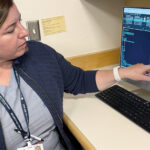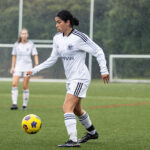Football and family: Overcoming brachial plexus birth palsy
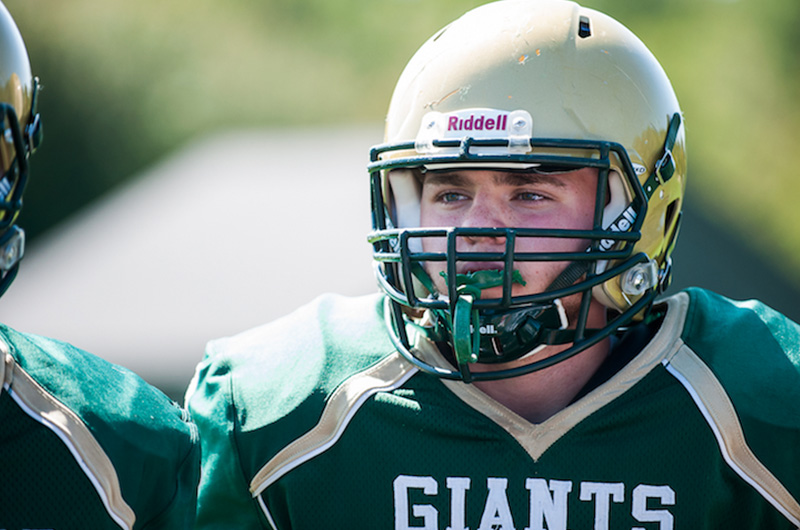
Chase is only a few months away from fulfilling a lifelong dream; playing college football. It’s a dream thousands of other kids across the country will be living out this fall — but they aren’t like Chase.
“The first time I saw Chase was in 2000,” says Dr. Peter Waters, Orthopedic Surgeon-in-Chief and director of the Brachial Plexus Program at Boston Children’s. “He was six months old when his parents brought him in, and had a severe brachial plexus injury to his right side.” To correct this nerve injury that occurs during birth, Chase would undergo nerve surgery on his arm in 2001, and another two surgeries on his shoulder in 2003. He would continue to need life-long physical therapy as he grew and will always have limited use of his right arm.
Fighting against the odds
From an early age, Chase had the odds stacked against him — or as he puts it, “I’ve walked around with a chip on my shoulder since I was a minute old.” But rather than use his condition as a crutch, he’s used it as motivation, and a way to inspire those around him.
“Since I was born with it, all of my life I’ve tried to hide it. But with football I can just go out and play, and no one cares,” Chase says. “If I can play football, that’s all that matters.” And it’s hard for opposing teams to care — or even notice — as Chase has been one of the premier players on the field for Bishop Brady High School, playing center on offense and linebacker on defense.
To have this level of success in athletics with the severity of his condition, it’s not something you see very often.
Dr. Peter Waters
Not only have opposing teams been unable to notice any weakness in Chase’s game, but the college coaches that recruited him were usually unaware of his condition as well. The head coach from Curry College — where Chase will be attending this fall — only knew because he read Chase’s college essay, where he wrote about growing up with brachial plexus birth palsy. “The coach looked right past my condition,” Chase says. “He said, ‘It doesn’t matter. If he can play football, then he can play football.’”
Motivating himself and others
Along with being a hardworking athlete, Chase has also become a natural leader. He was voted by his teammates to be a captain on both his varsity football and baseball teams, a sign of respect that made him feel both humbled and grateful.
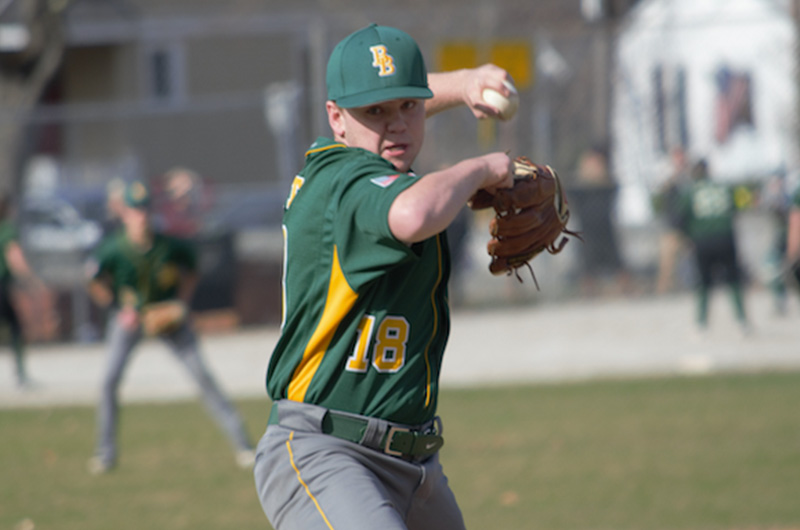
“It means the world to me to know that my teammates look up to me even though I’m different than everybody else,” Chase says. “I may not be the fastest, the biggest, or the strongest, but they look up to me because of what I’ve gone through and what I have accomplished.”
Part of his mission is to motivate those around him; Chase wants people to know that they can overcome almost any obstacle. “I think a lot of people in this world don’t understand that yet,” Chase says. “They may be too young or they don’t have the mental capacity to understand what they are really given, that with hard work you can do almost anything you want. That’s the message I want to portray.”
Resilience in sports and in class
Chase’s mantra doesn’t just apply to sports. The tenacity he brings to the field is on display in the classroom as well. He credits his parents, coaches, and teachers with instilling that mindset in him from an early age. “What I’ve learned through my coaches translates to life in general,” Chase says. “Whether it’s school, work, or family. You need to adapt yourself to the situation.” And Chase has adapted to his situation better than anyone could have imagined.
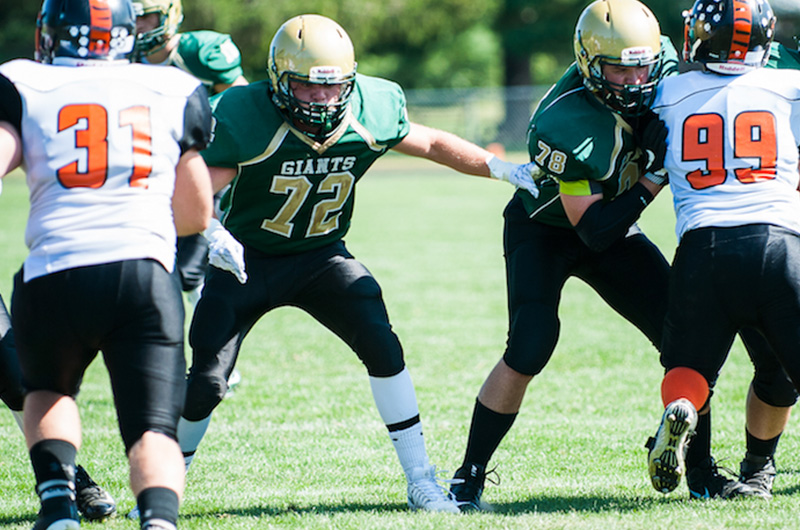
“It’s really quite remarkable,” says Dr. Waters. “To have this level of success in athletics with the severity of his condition, it’s not something you see very often.” And while Dr. Waters knows Chase’s accomplishments are rare for someone with his condition, he can’t say he was surprised by them. “Chase is an incredibly resilient kid with a really positive attitude, and what he has done is nothing short of inspirational.”
Extended family support
Chase has been grateful for his relationship with Dr. Waters as well. He usually checks in with Waters twice a year. “Mostly we just talk, crack a couple jokes, and he’ll recommend whether or not I should start physical therapy again,” Chase says.
Physical therapy is no longer a major part of his life. Chase has worked hard to keep his arm strong through training and working out. But he still enjoys the time he gets to spend with Dr. Waters. “Boston Children’s is like a second home to me. I’ve been here my entire life — it’s all I know,” Chase says. “Dr. Waters has been right by my side. My mom sends him pictures of me playing football that he keeps on his desk. He’s the guy who changed my life for the better, and I consider him part of my family.”
Chase’s family is extensive, and contains the teachers, teammates, and coaches that he’s inspired and been inspired by. “Through God and through my family, and through my coaches, they’ve given me what I need to keep going,” Chase says. “I still have my days where I get down, but I know I have these people behind me and that’s what really matters. That’s what means the most.”
Learn more about the Brachial Plexus Program at Boston Children’s Hospital.
Related Posts :
-

Ask a sports medicine specialist: Why are ACL tears so common among female athletes?
When an athlete is sprinting after an opponent who suddenly stops or changes direction, their anterior cruciate ligaments (ACLs) make ...
-

Forging a path back to school after orthopedic trauma
Orthopedic trauma can force children to miss school, sometimes for an extended period. But even when patients have regained enough ...
-

Jackie’s dreams of playing professional soccer back on track after ACL surgery
From her dorm in Newcastle, England, Jackie Zapata can hear fans roaring in the soccer stadium a few blocks away. ...
-

What orthopedic trauma surgeons wish more parents knew about lawnmower injuries
Summer is full of delights: lemonade, ice cream, and fresh-cut grass to name a few. Unfortunately, the warmer months can ...


